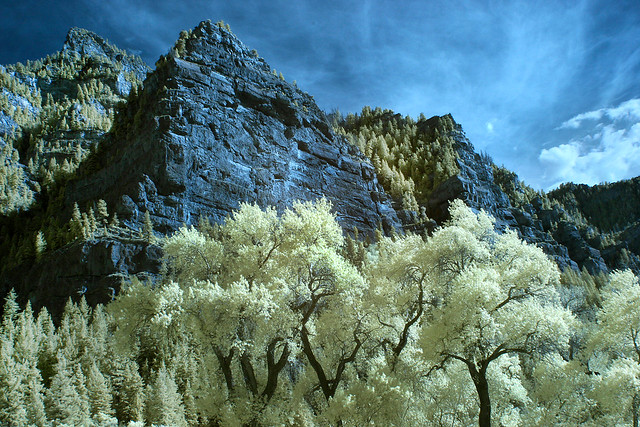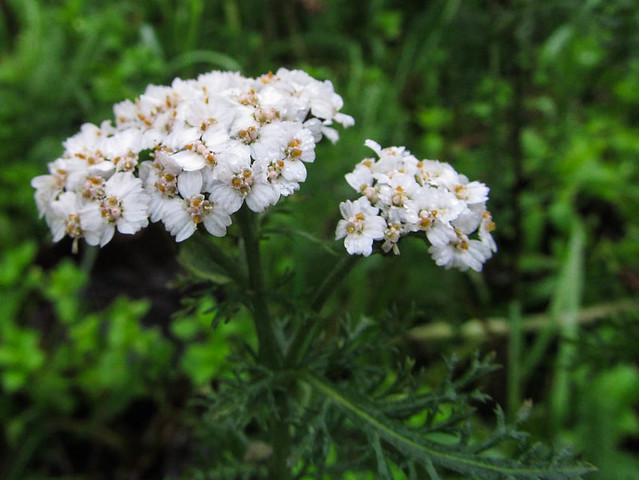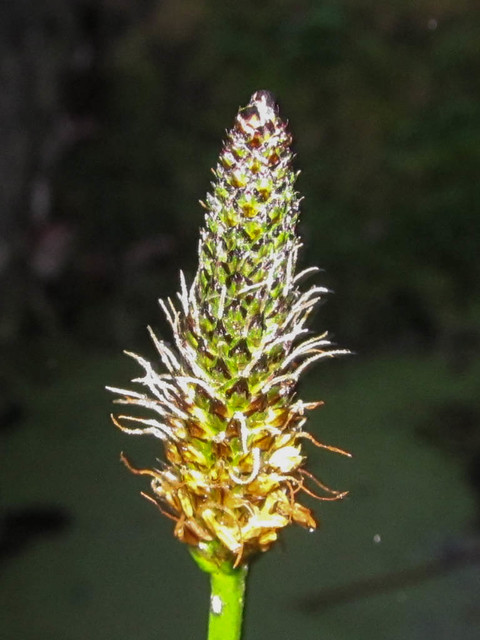Readers of this blog will know I have an fondness for using Local Government Open Data on the positions of street lights (see
here,
here,
here and
here). Over the last couple of weeks I've found another one.
 |
Newly planted Quercus robur next to Derby Road Nottingham
note lamp post!
|
My original reason for buying a GPS was to make it easier to record wildlife records: I'm only 5 years into the minor distraction called OpenStreetMap! However, over the New Year I managed to drag myself away from
addresses and
postcodes and participated in the
BSBI (the national botanical society)
New Year's Day Plant Hunt. This is a relatively recent innovation, but has captured the attention of more and more botanists. The idea is to find as many different species of plants in flower during a 3 hour survey window.
Many people have been intrigued by common flowers appearing out of season. (Of course, some, such as
Gorse are rarely
seen out of flower ("
When gorse is out of bloom, kissing is out of season"). Milder winters almost certainly due to global climate change are an important factor in allowing some plants to continue flowering. In other cases management of the land can cause plants to make new growth in the Autumn. Another possibility is that because the length of the day is the same in the Autumn as in the Spring that plants respond to some photoperiod effect. I've been noticing these things for years but never recorded them in a systematic way.
Tim Rich's very successful
expedition in Cardiff on 1st January 2012 really set the ball rolling. Tim is a professional botanists, co-author of the Plant Crib, an indispensable guide to difficult plants, and author of a number of
specialised to
very specialised identification guides. Amazingly for someone who has been a bedrock for supporting amateur botanists across the country over the past 20 years, he is also out of work. He's not the only one: it seems each year I get more mail bounced back or a new email address for a museum professional who has 'been
let go'. (For non-naturalist readers,
taxonomists are roughly equivalent to sysadmins in the botanical world: lots of things wouldn't happen without them, but they're not noticed when things are going OK).
Another aside, people like Tim also play another non-obvious role: that of encouraging future generations of scientists. Many kids start out with an interest in natural history which can, if encouraged, lead to a careers in a whole slate of economically important areas such as medicine, and molecular biology, and not just ecology. Reducing the number of able scientists in museums who also perform substantial outreach and education activities, is eating the seed-corn for far more than just their direct specialisms. At least
one British Nobel Laureate was inspired in this way.
Anyway, back two years ago I was really pleased to hear Tim on the Radio 4 Today programme describing his first plant hunt: my casual interest was validated by a similar interest by a serious professional botanist.
 |
Red Valerian Centranthus ruber, growing in Churchyard car park.
Normally a very vigorous population of these pop-up all over the churchyard in Summer. |
I managed to do about an hour's surveying on January 1, 2013, but still managed to find
20 plants in flower. This year I was determined to do better. I wasn't able to join the Leicester botanists who set the bar high with 59 or so species. The weather and my health prevented me finding much before the end of the year.
However, the rain stayed off on the afternoon of New Year's Day, which meant I could visit all the places I'd already seen plants in flower, and spend more time looking for others. My main locations for searching for plants where: two areas of parkland ,both campuses of Nottingham University; grass verges along some local roads; a local churchyard; and the car parking around local shops. Many plants survive in the road gutters, or at the edge of the pavement and a wall or on little patches which only get cut from time to time.
My advantage is that I have used most of these places to learn how to identify plants: I thus know exactly where to find around 400 species of flowering plant within 1 km of home. Naturalists call this 'patch watching' (The Urban Birder
talks a lot about the concept): it works because one builds up an intimate knowledge of one's local flora. Things which are new or unfamiliar stand out remarkably quickly in this context (in computing terms, its a very efficient
vdiff). Unfortunately familiarity with a patch can also mean that one struggles to identify ordinary plants in an unfamiliar context.
unprepossessing  |
A bit of unprepossessing highway verge, a typical place worth hunting in.
At least 6 different plants in flower here, fortunately it hadn't been cut in late Autumn.
Plants: Yarrow, Groundsel, Dandelion, Chickweed, Wall Barley and Shepherd's Purse. |
For my recording I used the
Obsmapp Android app, which meant that I didn't have to carry much with me. The survey time was about right before the battery ran down. I also collected samples of many of the plants to double check my identifications down a microscope when I got home. (A cold dank January day with poor light is not the place to check if a plant has star-shaped hairs on the undersides of it's leaves).
One minor problem with Obsmapp is that you need to make an identification at the time (or at least use a known species as a place holder). Now like many naturalists I'm not great at identifying grasses or dandelion-like flowers. For the latter I used a place holder species and checked the identification when I got home. However there were several grass specimens which I was not at all sure about. I've never chunked grasses in such a way that I can make a good approximate identification: I have to take them home and use a key.
This meant that I could not record the geolocation of these specimens through Obsmapp. Fortunately, street lights were to hand: instead I took a photo (geolocated, but that's not too important) of the nearest lamp-post's
asset identifier. I then used the Nottingham Open Data
Street Lamp dataset to get the lat/lon for the lamp-post and added these records into
Observado once I got home.
 |
| A tuft of False Oat Grass was under this lamp post |
All in all I managed to get
40 different species (my unknown grasses all turned out to be
False Oat Grass). This was a very gratifying total. Annoyingly, I walked straight past a fine example of Knapweed which I found a couple of days later, and I noticed a Gorse bush which I was unaware off only on Monday!
One other aspect of looking for flowering plants at this time of year is that often they are stunted and don't always have the same habit as in the Spring and Summer. It is therefore an excellent way to challenge and improve one's identification skills. Not least know that in Britain we have Poland and Clements'
Vegetative Key for identifying the plants when not in flower. I also used Eggenberg's lovely
Flora Vegetativa which has many fine illustrations which complement the Vegetative Flora. (even though this is book on Swiss plants it works very well in Britain).
The other day I noticed a newly planted oak tree (one of 10 trees planted at the behest of our local
Councillor Sally Longford to replace ones which had to be felled because of
disease). Although I took geo-located photos I took great care to include 2 lamp-posts to enable me to locate this new tree accurately before adding it to OpenStreetMap.
 |
Bee Orchid at Nottingham University Jubilee Campus
(location originally noted using lighting asset numbers) |
I've previously used the asset numbers on the lighting in the University to check on locations of some Orchids in the Jubilee Campus, and I've also used them as markers when trying to map the trees in a belt of woodland more accurately.
So for urban wildlife, lamp-posts can be an invaluable resource for accurately locating specimens!















